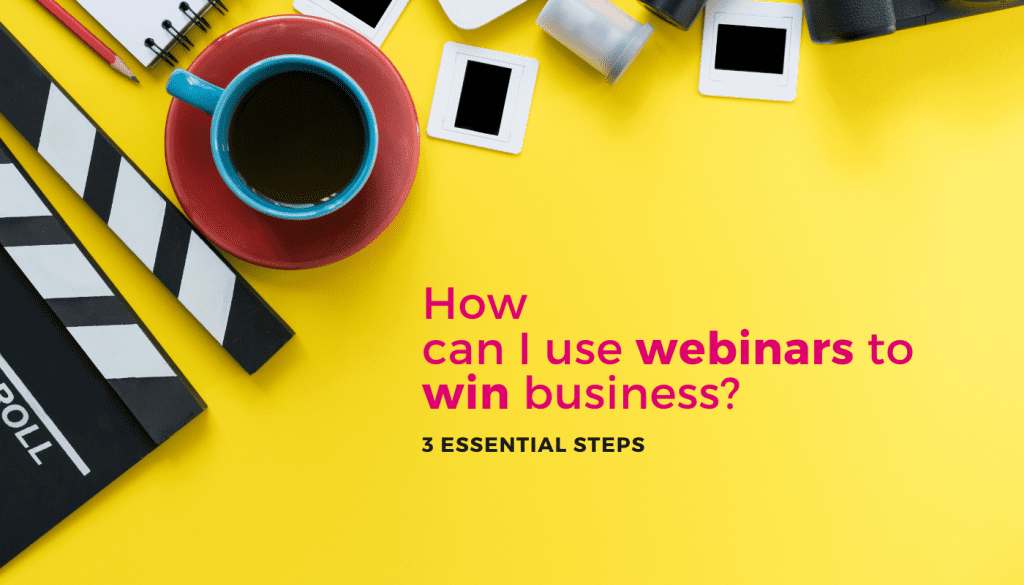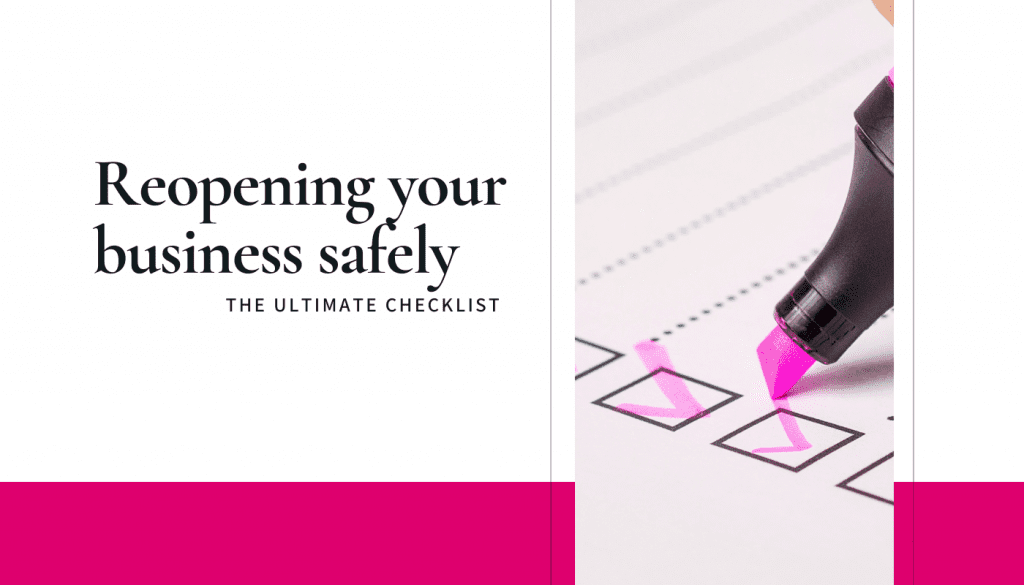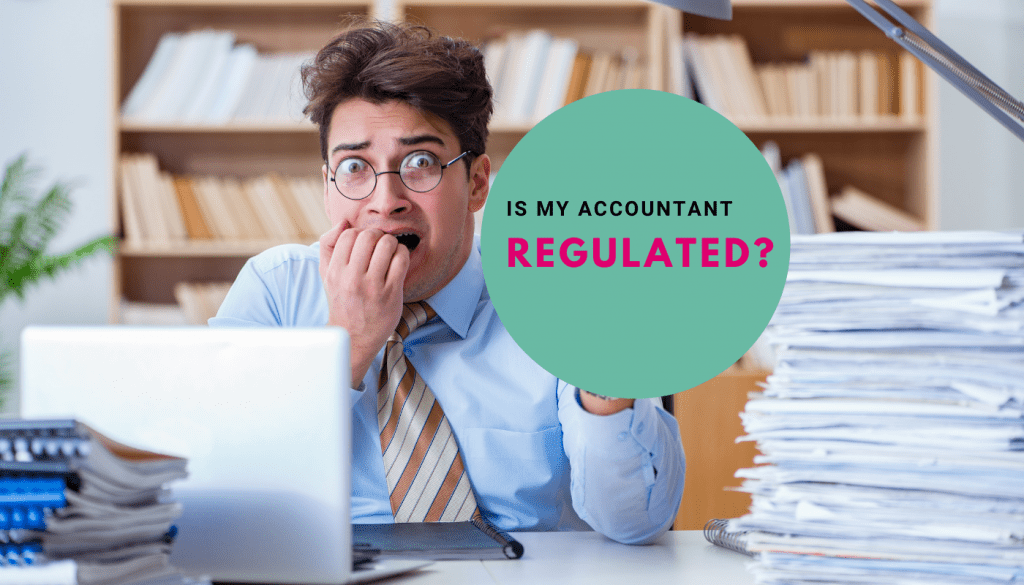
Webinar marketing is all about hosting online workshops to build a relationship with attendees and to promote and increase credibility…

Webinar marketing is all about hosting online workshops to build a relationship with attendees and to promote and increase credibility…

We may not know when things will be going back to normal, even now that a Covid vaccine is on…

Would you trust your life to someone who was not a doctor? Would you be defended in court without a…